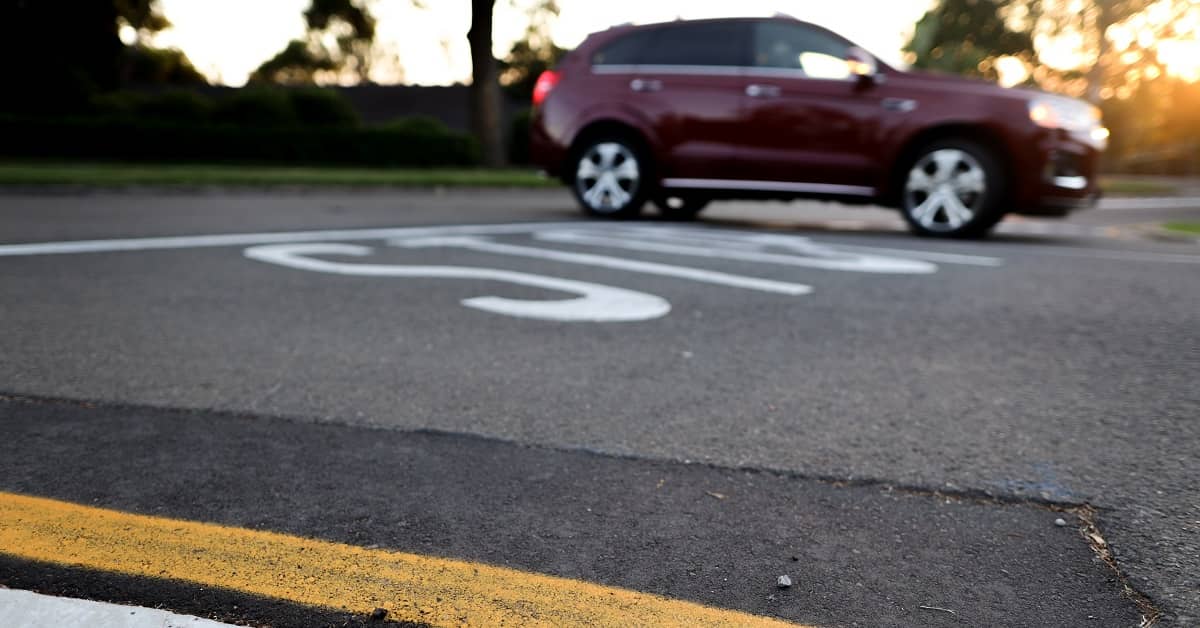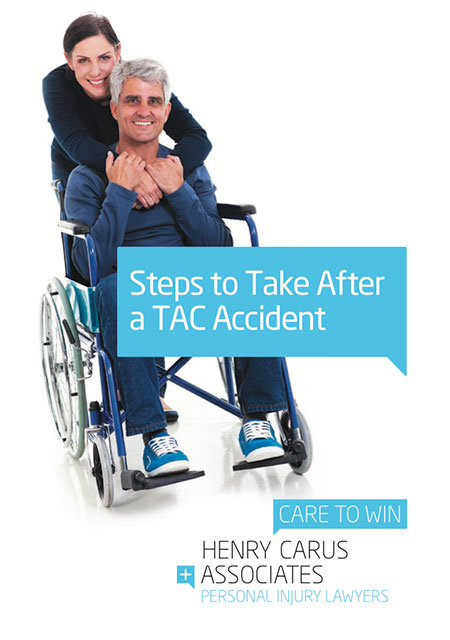
When a collision occurs between a vehicle travelling straight and a vehicle turning right, liability for the accident may seem straightforward. The driver turning right is always at fault, right?
Although in many cases the turning driver is the one who is at fault, it is important to take into account all of the circumstances of the accident before jumping to conclusions. Determining fault is crucial if you are seriously injured and decide to pursue a claim for common law compensation.
Henry Carus + Associates have extensive experience with a wide variety of road accident claims. If you or a loved one has been injured in a right-hand turn accident, please call 03 9001 1318 today for a FREE, no-obligation consultation.
Determining Liability for a Right Turn Accident
Making a right turn exposes you to traffic on both sides. As a result, it is crucial to check traffic coming from both directions before proceeding into the intersection.
Most accidents that involve right-hand turns are the result of the turning driver’s failure to check for oncoming traffic, or turning against the signal. As such, the driver executing the turn is usually found at fault for the accident.
The local road traffic regulations require a driver turning right to give way to any moving traffic.
However, negligence on the part of the driver who is travelling straight may also be a factor in these crashes. Liability may be more complicated if the following factors were involved:
- Running a red light or stop sign: Although the driver making the turn is responsible for ensuring it is safe to turn before moving into the intersection, a driver who has failed to stop for a red light or a stop sign may also be found liable for the accident.
- Excess speed: Judging the speed of other vehicles is a key part of executing a safe turn. If a driver is speeding and hits a turning vehicle, he or she may be at least partially at fault for the crash.
- Drunk driving or driving under the influence of drugs: Alcohol and drug use impair judgment and performance behind the wheel. If the driver travelling straight was intoxicated at the time of the accident, they may be liable if they could have avoided the accident if not under the influence of alcohol or drugs.
- Distracted driving: Using a mobile phone and other distractions compromise a driver’s ability to spot hazards and react accordingly. This includes vehicles turning in an intersection. The distracted driver may be at least partially liable for hitting a driver making a right turn, if again the distracted driver could have avoided the accident if paying attention to the road.
The police will investigate the scene to determine who is at fault for the traffic accident. Witness statements and physical evidence (including tyre marks, the positioning of the vehicles, and more) will be taken into account, as well as your statement and the statement of the other driver.
You are entitled to TAC no-fault benefits regardless of who is found liable for the accident. The question of fault, however, can have a significant impact on your ability to recover common law compensation.
What About Hook Turn Accidents?
Some of the roads in Melbourne are home to a fairly unusual manoeuvre designed to regulate vehicle and tram traffic. When performing a hook turn, the driver waits in the left-hand lane until the light changes for the road he or she is entering. Once the light turns green, the driver turns right.
Hook turns are performed from specially marked lanes in select intersections in Melbourne. They are most common in the CBD.
It is the responsibility of the driver performing the hook turn to use the proper lane and wait for the green light. However, issues like those discussed above can make liability more complicated in claims involving hook turn accidents.
Can I Recover Common Law Compensation If I Am Partially At Fault?
First, it is important not to assume that you are automatically 100 percent at fault for an accident in which you were making a right turn. Negligence on the part of the other driver may have been a factor. If this is the case, and if you suffer a serious injury in the accident, you may be able to recover common law damages for pain and suffering and other losses not included in TAC no-fault benefits.
Common-law personal injury claims follow the principle of contributory or partial negligence. Your ability to recover compensation is not barred if you are partially at fault for the accident. Instead, the compensation you can recover is reduced to reflect your share of the fault.
Contact Our Transport Accident Lawyers Today
The team at Henry Carus + Associates has extensive experience handling a wide variety of road accidents throughout Victoria. You Deserve More, and we work tirelessly on your behalf to secure the full benefits and other compensation you deserve in your claim.
For a FREE, no-obligation consultation, please call Henry Carus + Associates at 03 9001 1318 today. We serve clients in Melbourne and throughout VIC.
 Call Us Today
Call Us Today



